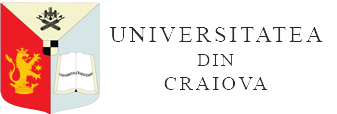HEAVY METALS ACCUMULATION IN BELL PEPPER (CAPSICUM L.) FROM PRIVATE GARDENS IN COPȘA MICĂ AREA
DOI:
https://doi.org/10.52846/aamc.v53i2.1521Abstract
There are many studies that reported high levels of metals (Cd, Pb, Zn) content in soils and vegetation from area affected by historical contamination in Copșa Mică area. In the period 2019-2021, a study was carried out in order to assess the accumulation of heavy metals in bell pepper cultivated in private gardens from a contaminated area. During this study 62 individual households were visited and 124 samples (62 soil samples and 62 bell peppers samples) were collected from these gardens, located in the Copșa Mică contaminated area. The results reveal that the accumulation of metals in edible parts of belly pepper had the following hierarchical pattern: Zn ˃ Cu ˃ Cd ˃ Pb. Zinc (Zn) was the metal with the highest content identified in the edible part of pepper samples, ranging between 1.4 mg / kg f.w. and 7.0 mg / kg f.w.., while for cadmium (Cd) the content values ranged between 0.005 mg / kg - 0.162 mg / kg. The metals contents in bell peppers were positively correlated to total contents of metals in soil. The highest values of correlation coefficients were obtained for the regression curves established for the estimation of Cu, Cd and Zn accumulation in bell pepper (r = 0.443 for Cu, r = 0.399 for Cd, and r = 0.376 for Zn). In the case of lead the linear correlation coefficient is relatively low (r = 0.299). The results of this study are important to estimate the metals accumulation in vegetables from individual gardens, while also improving the safety of foodstuff produced in contaminated areas.


